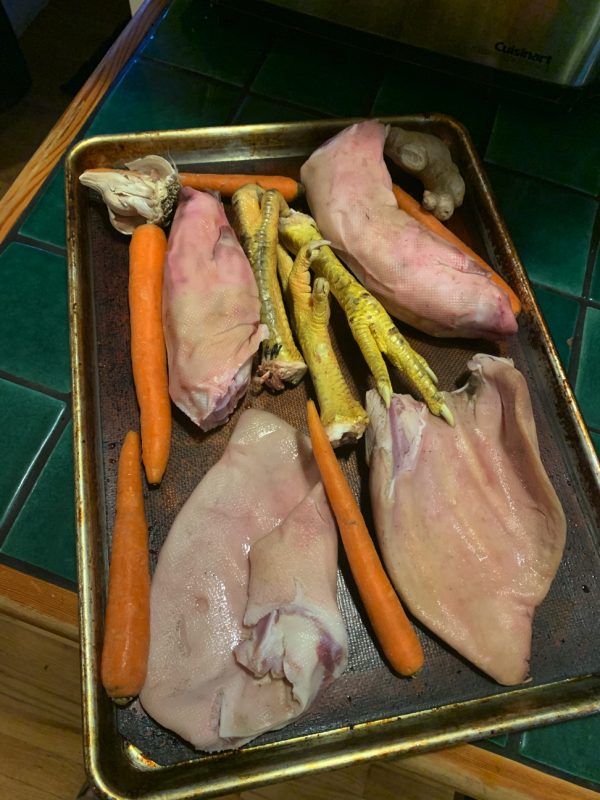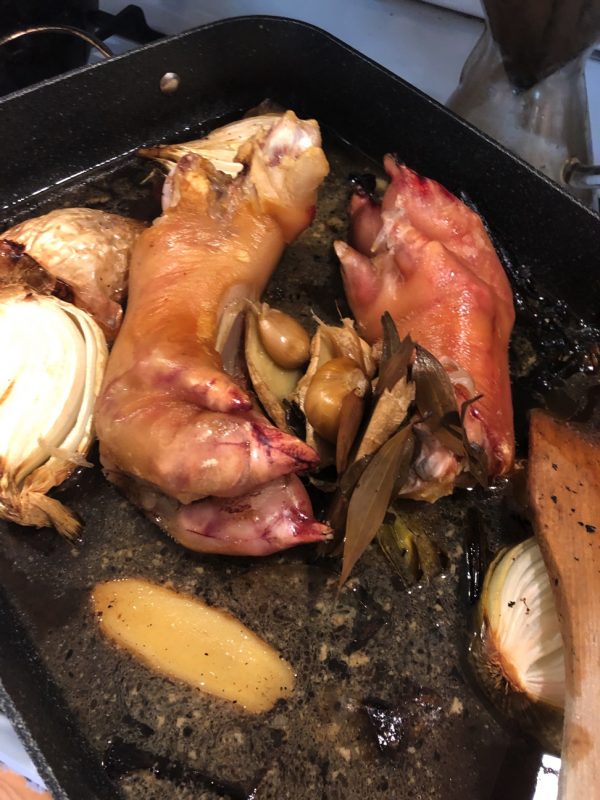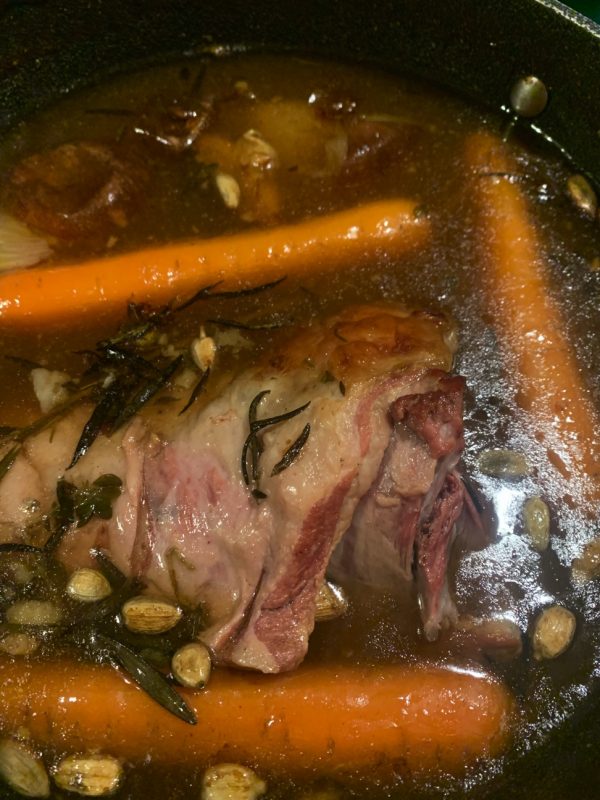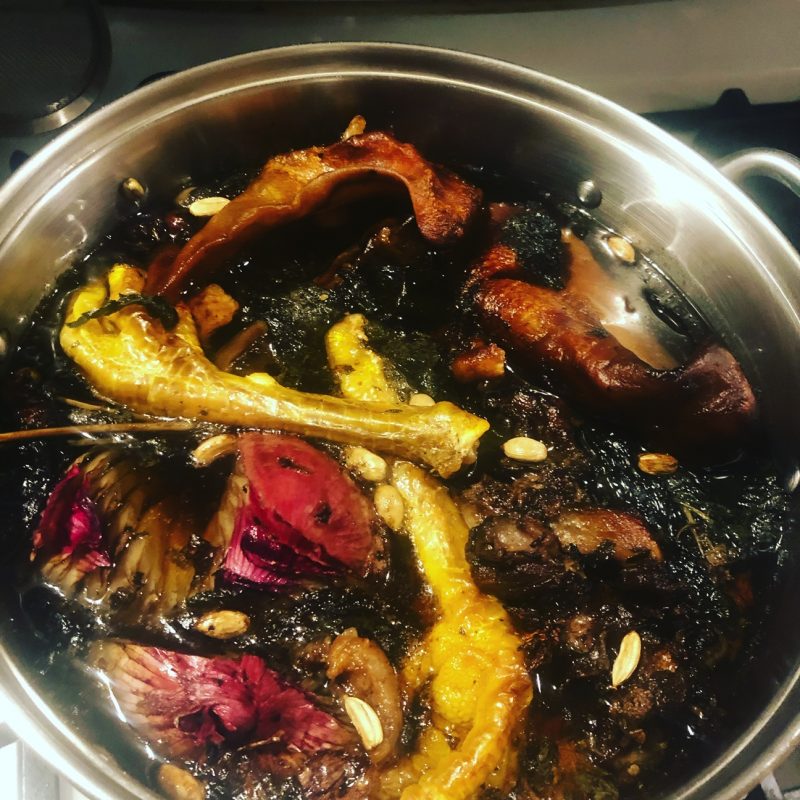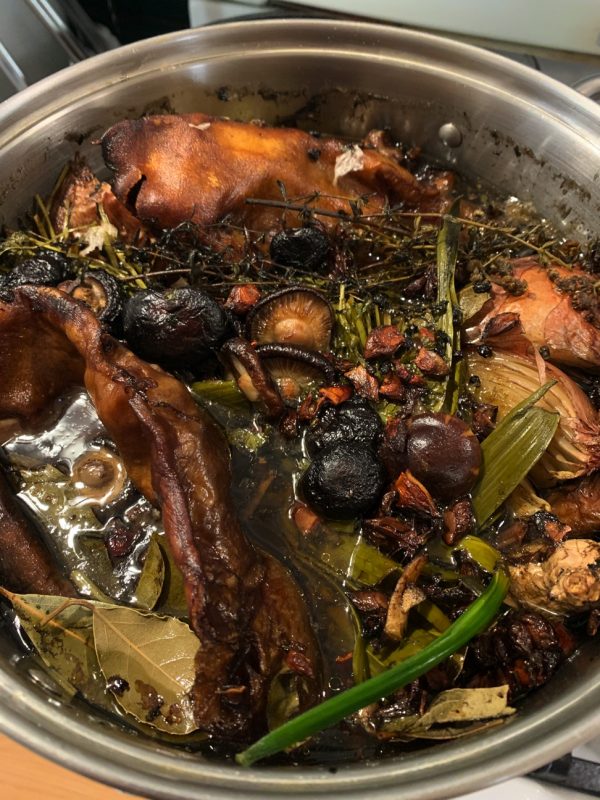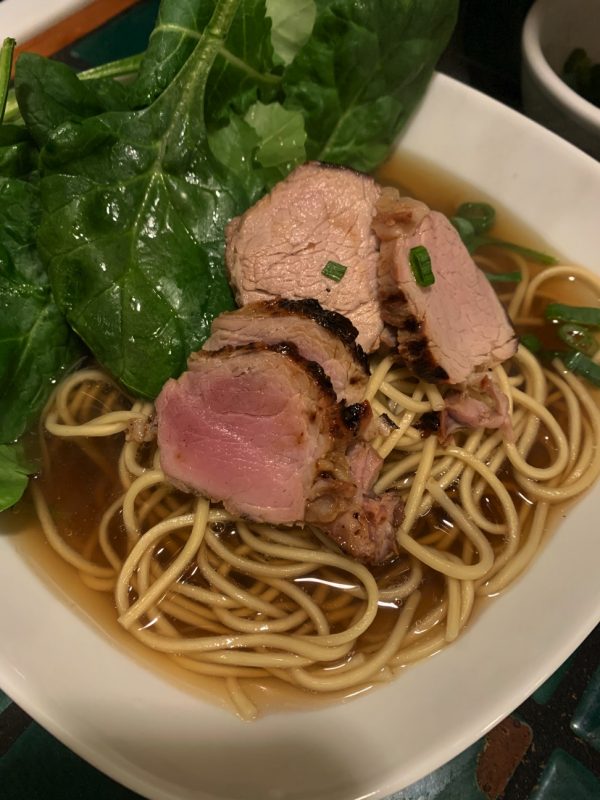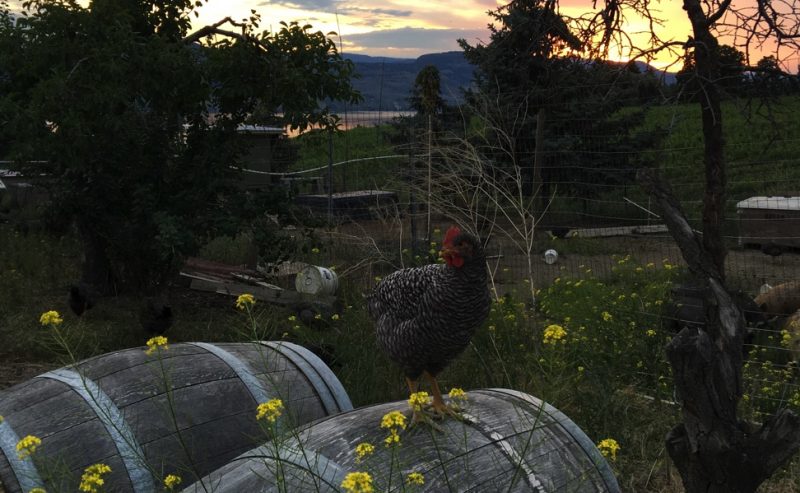
By Jay Drysdale, Bella Wines
I ask that you dream with me for a minute. Imagine if we treated broth like an Olympic sport?
What if we had regional qualifiers that started at the community level where neighbourhoods competed to go to the city level which advanced on to the provincial finals. Each level distilled down to a final few candidates representing the country to compete on the world stage. The Olympics would bring together cultures as each country presented their best offering and showcased the diversity in broth as the world learned the history and origins of this comfort food. A broth maker that reached the highest level would surely place an incredible amount of emphasis on the ingredients.
Broth has always been considered a liquid made of miscellaneous bones, meat and/or vegetables ‘tossed in a pot,’not often eaten on its own but commonly used to prepare other dishes. But now, in the eye of an Olympic contender, imagine how the focus would shift to ingredients and quality of ingredients. How the lineage of an ingredient is as important as the timing of adding that ingredient to the cooking process. How farms would be prized and recognized for growing and raising the most nutritious and flavourful ingredients to be included in Olympic broth. How the holistic benefit of broth to gain proper balance on whole body care would be revered. This is the world I dream about. If I was competing in my village qualifier, I would submit the following:
Bella Olympic Bone Broth
Selection
I would choose some cuts from the freezer like chicken feet, or chicken bones, or pork trotters, tails, ears, head, or leg bones from the animals I have raised. With this combination we will get the most amazing collagen that becomes the gelatine that makes our broth look like savoury Jello, but this is full of micro nutrients and amino acids our bodies need. We will also select the best quality vegetables and herbs to flavour and season.
Roast
I prefer to roast the bones first — many cuts still have fat connected and roasting helps render the fat but also provides a richer roasted meaty flavour to the base. Let’s also roast some onions and vegetables like carrots, mushrooms, leeks, garlic, or anything that will taste better with some caramelization from roasting it. By roasting these items, you bring darker earthier flavours to the base: the onion, garlic, and leek concentrate their sugars and provide a natural sweetness; the cartilage in the trotters will really bring the nutrition up, especially when I add a splash of apple cider vinegar to really extract the nutrients from the bones
“Toss in a Pot”
In addition to the roasted ingredients, fill the pot with herbs and spices (like thyme, rosemary, bay leaf, star anise, ginger, black pepper corns, black cardamom, turmeric root, chilli pepper), fresh vegetables (celery, mushrooms, carrots, green onions, parsley, stinging nettle, seaweed) and dried lobster mushroom, chanterelle, dried and roasted dandelion root. Do your own research and see what your body is needing and choose various herbs and vegetables to work into the broth. The point is to use up what you have and to use ingredients that suit your whole-body care. For instance, I use nettle for an array of nutrients; turmeric as an anti-inflammatory; seaweed for micro-minerals. As a farmer, I need all these to stay healthy with the stresses I put on my body.
Add water and simmer
Start with COLD water and put it on the lowest setting and only let it get to the softest rolls of a gentle simmer. By never letting it aggressively boil, you maintain a clarity to the broth that is purer than the best filtering. I like to make two stocks from a single pot. My first simmer may last 1-3 days as I constantly taste to see when the flavours are at their peak. This takes some practice as different ingredients will take different amounts of time to extract their flavours. Don’t expect the broth to taste perfect, that is the seasoning part that is next. After my first simmer, I strain off the liquid, then add some fresh vegetables and herbs to the pot, again add cold water and make a second batch from the same bones. This lighter version is great for making rice, quinoa, or other grain type dishes.
Simmer some more
Your first strained liquid should have a beautiful dark colour and act as the aromatic base that needs seasoning. This is where I might put the strained liquid back on the stove and add items like the best quality soya sauce, or a splash of balsamic vinegar, or a spoonful of pomegranate molasses. Maybe you want to boost the flavour of a specific ingredient by adding garlic or ginger. With an extra couple of hours of simmering (still no boil) you can help concentrate flavours – it’s up to you for how long you want to simmer (constantly tasting). When you are almost finished that is when you season with the best quality salt you have and look to salts that contain natural micro-minerals. You know you have properly seasoned it when you cannot stop taste testing the broth.
I could give you a list of ingredients not normally found in stocks or broths but would rather have you test on your own to customize a recipe that suits your palate and nutritional needs. If you mess up and don’t care for the flavour or it went cloudy, the liquid is always perfect to use for dishes like rice and grains, as it has been done for centuries.
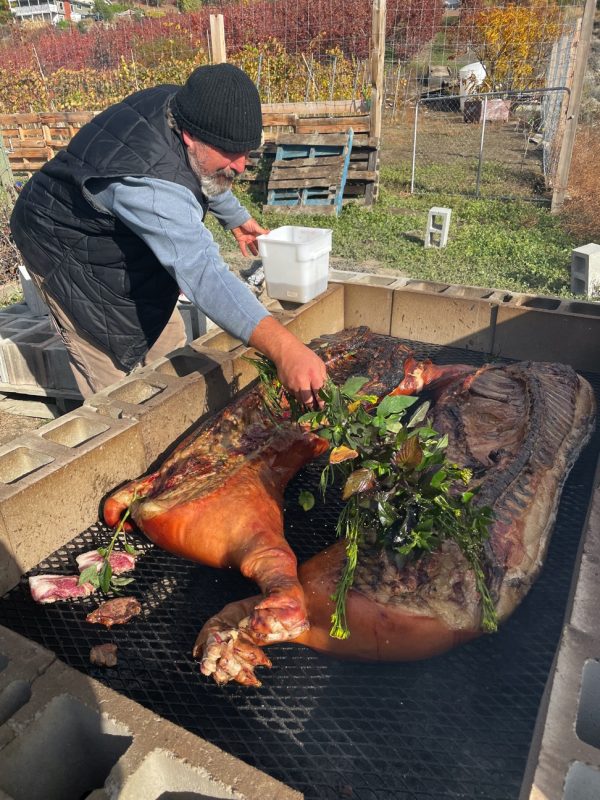
About Jay Drysdale:
Bella Wines is located in Naramata, B.C., and focuses on making sparkling wines. Jay Drysdale, the owner/winemaker, uses animals like chickens, ducks, and pigs to help steward the land. Bella farms without the use of harmful chemicals and makes most of their holistic spray’s and applications themselves. They understand the byproduct of healthy soils is better wine.
You can find Bella Wines:
Website: BellaWines.ca
Instagram: @bellahomestead

